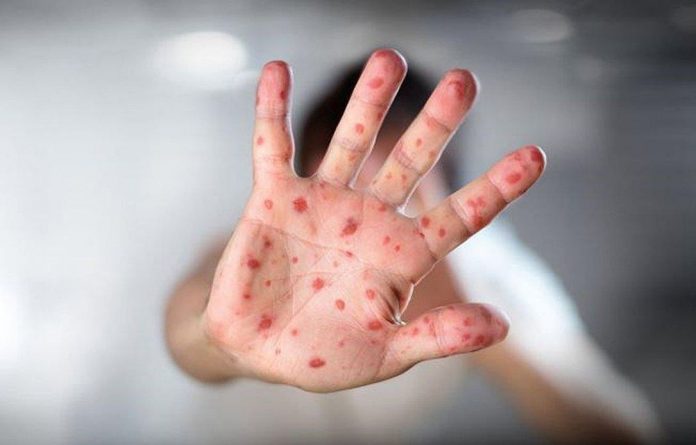
ILOILO – From Jan. 1 to Oct. 6 this year, the Provincial Health Office (PHO) recorded 71 suspected cases of measles. Of these, 18 were confirmed by the Research Institute for Tropical Medicine (RITM) of the Department of Health through laboratory tests of specimens extracted from patients.
According to Dr. Maria Socorro Colmenares Quiñon of the PHO, the 18 cases were from the following municipalities:
* Oton – 6
* Pavia – 3
* Leganes – 2
* Lambunao – 2
* Igbaras – 1
* Guimbal – 1
* Tigbauan – 1
* Miag-ao – 1
* Zarraga – 1
PHO right away conducted mass measles immunization following RITM’s confirmatory tests, said Quiñon. It covered children between six months to 59 months old in the towns with cases.
“Bisan may ara sang previous immunization but tungod may ara sang positive cases, i-immunize ang bata gihapon,” said Quiñon.
Meanwhile, Gov. Arthur Defensor Sr. issued Executive Order No. 307 creating a provincial task force and technical working group for the conduct of province-wide measles / rubella and oral polio vaccine vaccination.
PHO urged parents to have their children immunized against measles, a highly contagious viral disease.
According to the World Health Organization, before the introduction of measles vaccine to the world in 1963, major epidemics occurred approximately every two to three years and measles caused an estimated 2.6 million deaths each year.
Approximately 89,780 people died from measles in 2016 – mostly children under the age of five years, despite the availability of a safe and effective vaccine, said WHO.
The measles virus is normally passed through direct contact and through the air. The virus infects the respiratory tract, then spreads throughout the body.
The first sign of measles is usually a high fever, which begins about 10 to 12 days after exposure to the virus, and lasts four to seven days. A runny nose, a cough, red and watery eyes, and small white spots inside the cheeks can develop in the initial stage.
After several days, a rash erupts, usually on the face and upper neck. Over about three days, the rash spreads, eventually reaching the hands and feet. The rash lasts for five to six days, and then fades.
On average, the rash occurs 14 days after exposure to the virus (within a range of seven to 18 days), according to WHO./PN





